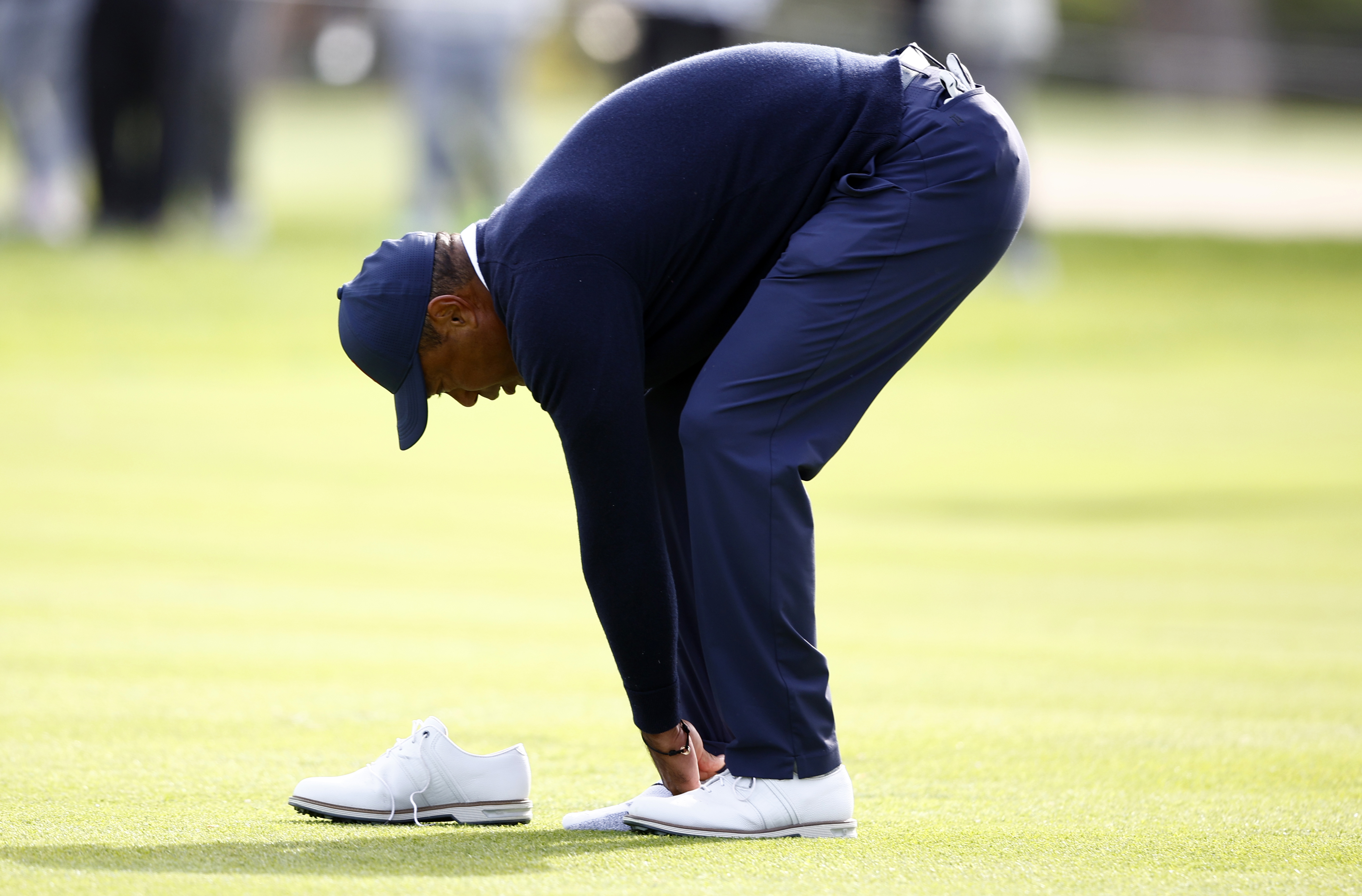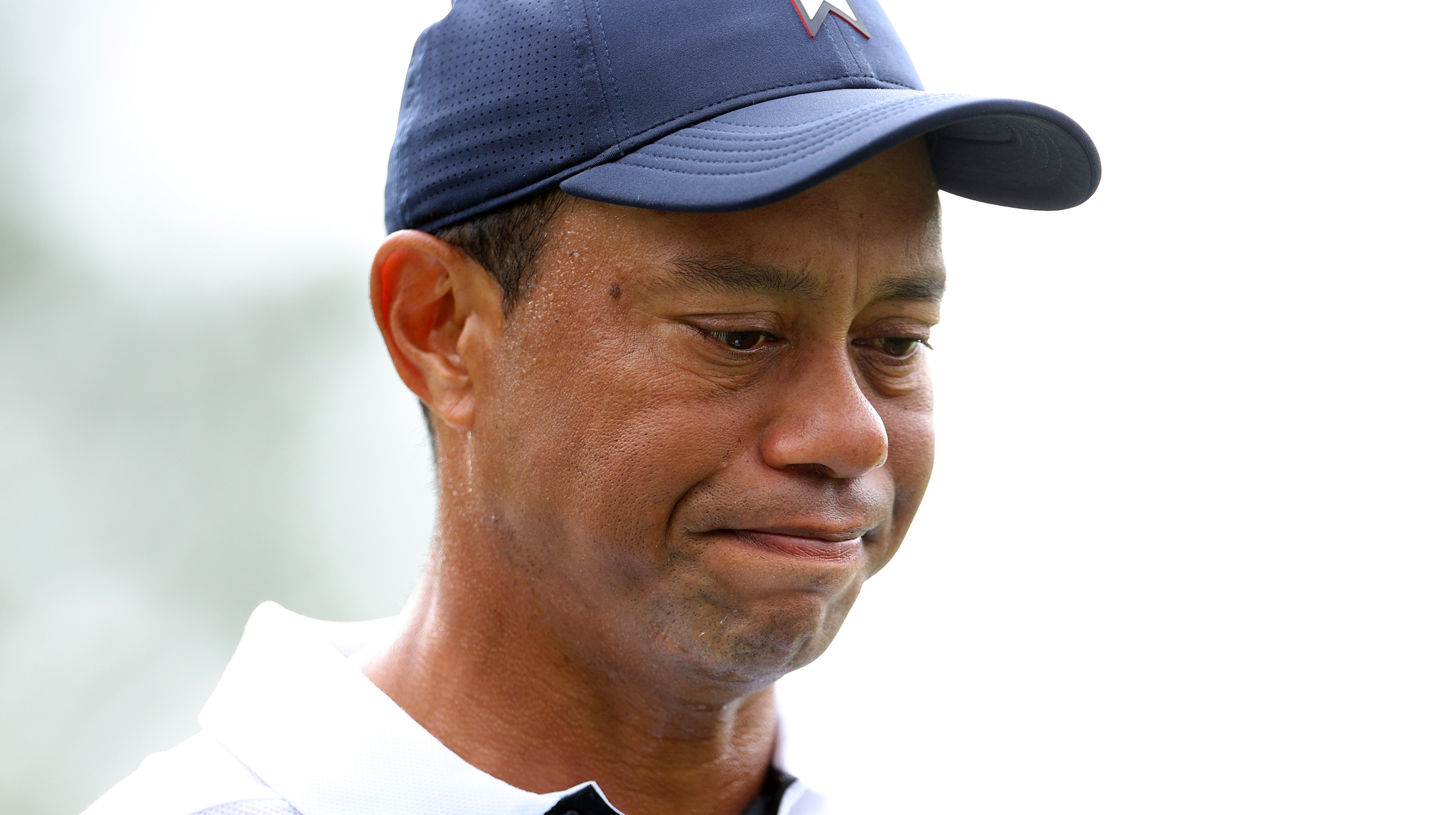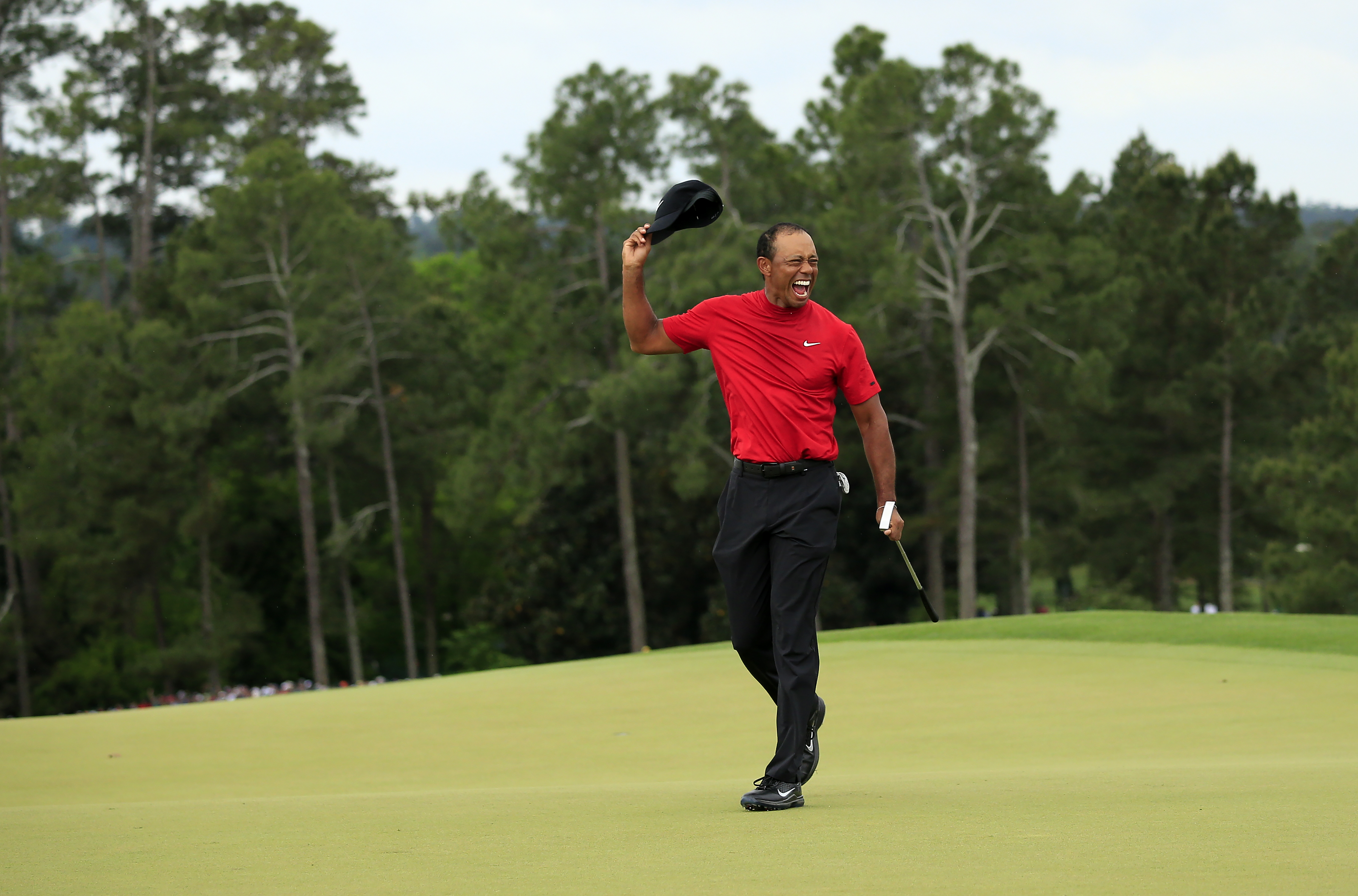
Not since David Beckham broke his metatarsal has an injury been so heavily scrutinised and analysed, with everyone wanting to know just what the procedure Tiger Woods has had done and just what will it mean for his career.
Anyone who watched the 15-time Major champion hobbling around Augusta National before pulling out of the Masters saw just how bad the problem was, and it forced him to have subtalar fusion surgery.
Woods has continued to insist, and indeed shown at times, that he can still hit all the shots and could even possibly contend in the Majors - even if just at Augusta and The Open which would bring his skill level and experience back into play more.
But just walking around a golf course for four days has proven too much, with lingering arthritis stemming from the injuries he suffered in his February 2021 car crash being the cause.
But, although at first glance Woods having more surgery sounded like the end, when we spoke to foot and ankle surgeon and consultant Nima Heidari it was a different, more positive story.
There's a full breakdown below, but it's basically because subtalar fusion surgery essentially means doctors have turned two bones and a joint below his ankle into one bigger bone, meaning he will be slightly restricted in the movement below his right ankle but crucially pain-free.
Not nice to see. pic.twitter.com/VNrQqMY6hxApril 8, 2023
"I think actually it's a very positive thing because he's really recovered from the original injury," Heidari told Golf Monthly. "He's made an enormous amount of recovery from the original injury and a phenomenal recovery.
"And in fact if he has got a reduction in his pain, that could only mean good things for his play. Now, having had the operation and being out and so on, of course, he's going to need a period of rehabilitation. But I mean, to be honest with you, if anyone is going to make a comeback it’s going to be Tiger Woods, this man is incredible."
What is subtalar fusion?

We’ll let our expert explain…
“What he had was he had broken the bone called the talus. And the talus is one of the main bones that connects your foot to your femur and thereby connects to the ankle joint.
“When you break the talus, the way that it breaks is arthritis of either the ankle joint, the subtalar joint and also the joint in front of the talus which is called the talus iginma joint, arthritis is the eventual outcome.
“So what you do is that when you’ve got a broken bone, you go in there and you place those screws and reconstruct that bone and to put the joint also back together. So that’s what he’s had.
pic.twitter.com/qlsq32JpQiApril 19, 2023
“So the surgeons that originally operated on him very skilfully put the jigsaw puzzle of his broken talus back together, they held it with pins and screws and plates, and it has gone on to heal.
“As a consequence of the injury that he had to his talus, he’s now gone on to develop this subtalar arthritis, or the wear and tear of the joint, which is why he’s had so many problems of being able to walk around the golf course very easily and having a lot of pain in his foot.
“It’s all because of his arthritis in his subtalar joint. So now we’ve reached the point where you can’t preserve the joint, the joint is stiff so it doesn’t move very well and it’s painful, so you then convert it to a stiff joint where it’s not painful. And the process of doing that is the subtalar joint arthrodesis or fusion, which is what he had.”
How long will Tiger Woods take to recover?
As has been widely reported, Woods would not be allowed to put weight on his heel for at least six and up to 12 weeks, so any slim hopes he had of competing in the remaining three Majors of the season are over.
"My usual routine is that you do the operation," Professor Heidari continued. "He they need to be non-weight-bearing so they can't walk on their heel for up to six weeks.
"I then do a CT scan to see how the bones are knitting together and then there is a process of gradually increasing the load-bearing on the heel up to the 12-week mark.

"At which point he should be weight-bearing, everything should have healed, he would have rehabilitated a little bit and at that point then no holds barred right. So then he has got absolutely unrestricted rehabilitation.
"And the thing is that the conversion to unrestricted rehabilitation really is not a time thing. It is a function of when the bones have knitted together enough. It's a bit like a fracture. You know, once the fracture is healed, you can then start rehabilitating in an unrestricted way.
"So it's just doing that. When he reaches that point where things have healed enough then it becomes unrestricted and again in him I suspect that they would be keeping a very close eye on him and he may have one or two more scans to really assess the bone union so that they can optimize his return to play."
Will Tiger Woods be able to play competitive golf again?

We've come to learn to never write Woods off, and Heidari believes that even sacrificing a little mobility to be pain free will help the 82-time PGA Tour winner get back to playing in Majors.
It also shouldn't really cause him too many problems in his swing, seeing as it's his right ankle.
"I don't really think so," he said. "The thing is that he's still managed to play astonishingly good golf from coming out of the injury, and he's been treated by a very, very skilful surgeon.
"So technically he would have had a superb operation. And off the back of that, then it is the case that, honestly if he's got less pain, he will just get on with it."
And if there's one golfer on the planet, one sportsman on the planet in fact, who could come back from yet another medical setback then it's Tiger Woods. Watch this space.







